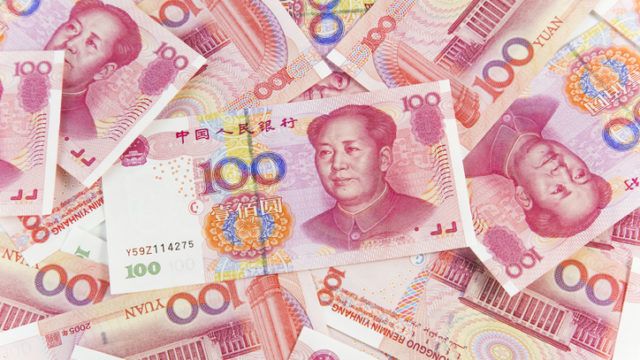“In terms of the yuan, the currency move is really coming along with the economy. If the economy is decelerating, the currency has to be weakened,” Ji recently told a media briefing.
China’s GDP growth was at 6.9% in 2015, which was the slowest in 25 years. She believes that China’s 2016 GDP target of 6.5% is achievable.
In addition to the economic slowdown, the weakened currency has another major driver, according to Ji.
“The foreign debt level cannot be staying at high levels all the time. The thing is that it hasn’t come down to an acceptable level. It has room to come down further. So, the currency has to be weakened in order to solve this problem.”
Ji believes that most Chinese companies see as urgent the need to pay off their foreign loans, as downward pressure on the Chinese currency has increased the exchange rate risk.
“This pressure is not from the economy. It’s from the hedging,” she said.
She said foreign debt in China was at $1.1trn in 2015, and it was down to $800bn at the beginning of 2016, and it is around $600bn currently.
“It has to come down further to around $400bn when we can see it as a stabilised situation.”
She is expecting the RMB to trade at $6.8 at the end of this year and $7 at the end of 2017, versus $6.6 at present.
“This means that the depreciation is not a big one, as the currency has to remain relatively stable after being included in the IMF’s SDR [Special Drawing Rights] basket.”
In August last year, RMB depreciation was a surprise to many investors, she said.
“Before that happened, people knew that there was only one direction for the currency, as it was just a one-way appreciation. For all companies that have foreign loans to repay, they have to do hedging. Before the RMB depreciated in August last year, the hedge ratio was very low.”
In addition to the domestic issue, analysts believe that the RMB, as well as regional currencies, is expected to have further selling pressure following the sharp fall in sterling after Brexit.
Policy themes
Regarding their stock-picking strategies in China, the firm said it mainly focuses on sectors that are supported by the government’s policies.
Specifically, development policy-related themes such as healthcare and ecommerce, according to Anthony Ho, CIO Asia ex-Japan equities at the firm.
“Policy action will be a main driver of equity returns in 2016,” he said.
The Chinese government’s blueprint for development for 2016-2020 underscored innovation and technology as a primary focus. China also outlined industrial scale development of medical services by 2020 in its latest five-year plan.
“Valuations of the Chinese stocks are at multi-year lows and are still close to levels last seen during the global financial crisis,” he said, adding that earnings expectations are also low for Chinese companies.

















